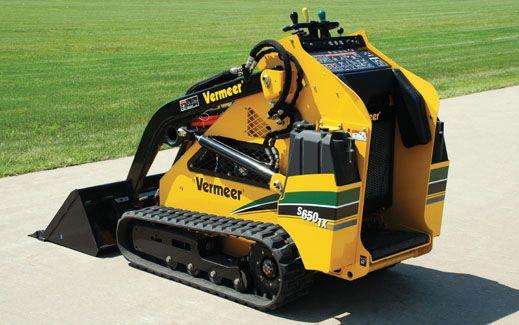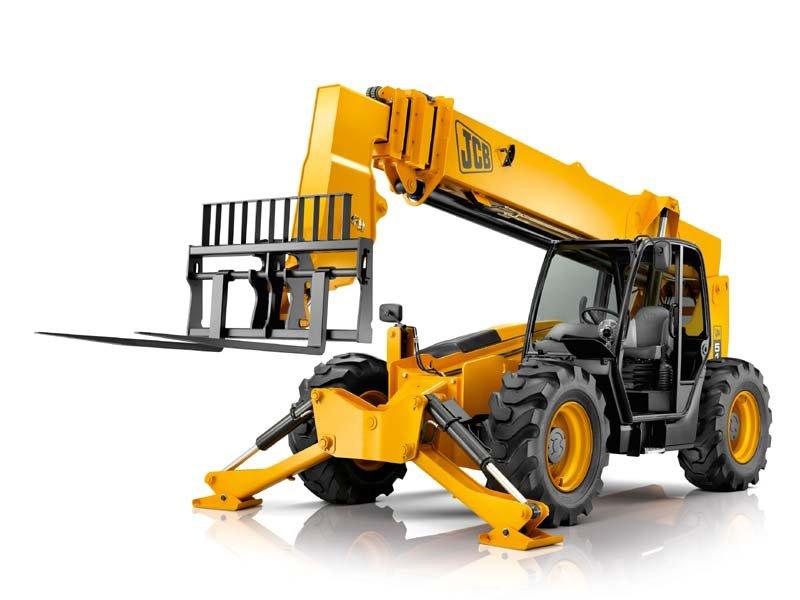Optimize Your Budget Plan by Understanding the Expenses Associated With Building Devices Rentals
Recognizing the complete extent of expenses linked with building tools rentals is important for optimizing your budget. What approaches can be employed to properly handle these expenses and make sure an extra reliable rental experience?
Introduction of Rental Costs
When taking into consideration building devices rentals, recognizing the associated costs is vital for effective budgeting and task preparation. Rental expenses can vary significantly based on a number of elements, including tools kind, duration of leasing, and location. The preliminary rental cost commonly mirrors the devices's market demand and its associated functional capacities, influencing the general expense.
Along with the base rental price, supplementary prices may emerge, such as transportation costs, fuel surcharges, and upkeep fees. It is necessary to represent these extra expenses to properly evaluate the total cost of renting devices. The rental duration can impact pricing; longer rentals may qualify for reduced prices, while short-term services could sustain greater day-to-day costs.

Breakdown of Rental Rates
An extensive understanding of rental prices is crucial for contractors and project supervisors intending to optimize their spending plans. Rental prices for construction devices typically contain several elements, including base rates, time-based costs, and usage costs.
Base prices are the core fees linked with the service of the devices, typically figured out by the kind and dimension of the equipment. These prices can vary substantially, influenced by aspects such as tools need, availability, and regional market fads. Time-based charges, which may be daily, weekly, or monthly, offer to suit various job timelines and rental durations.
In addition, rental prices may consist of use fees, which are relevant when equipment is utilized beyond a defined threshold, making sure that the rental company can represent deterioration. Seasonal need changes can also impact rental prices, with peak building periods generally commanding higher rates.
Additionally, comprehending the rental business's plans relating to upkeep and insurance coverage can give more insight right into the general price framework. By analyzing these components, service providers can make enlightened decisions, guaranteeing the option of rental tools straightens with both task requirements and budget restrictions.
Added Costs to Think About
Recognizing the complexities of extra fees is important for service providers to manage their general leasing expenditures efficiently. Past the standard rental rates, various supplemental costs can considerably impact the overall expense of devices service. These costs commonly include distribution and pickup costs, which can vary based on range and logistics associated with carrying the devices to and from the task site.
Furthermore, some rental companies might impose gas surcharges if the tools is returned with less fuel than when leased. It is likewise necessary to understand prospective cleansing charges, particularly for customized devices that needs thorough upkeep after usage.

Extensively reviewing the rental contract and clearing up these added costs upfront can help contractors ensure and stay clear of unexpected costs that budgets stay intact throughout the job lifecycle.
Repair And Maintenance Costs
Regular repair and maintenance costs are typically neglected factors that go to my site can substantially affect the overall cost of building and construction tools leasings. When leasing tools, it is important to think about not just the rental fees but likewise the potential prices related to keeping the equipment in ideal operating condition.
Several rental business include standard upkeep as component of the rental arrangement; nonetheless, extra substantial repair work or unanticipated break downs can result in additional costs. It's crucial to evaluate the rental agreement very carefully to understand what upkeep solutions are covered and what obligations drop on the renter.
In addition, devices that is not well-kept can cause inefficiencies on duty website, potentially raising and triggering hold-ups project expenses. To minimize these risks, it is advisable to perform regular inspections and maintain open communication with the rental provider relating to any concerns that arise during usage.
Insurance and Responsibility Prices
Insurance and responsibility costs are crucial elements that can considerably influence the overall cost of construction devices rentals (heavy equipment rental). These costs ensure that both the rental business and used excavator the customer are shielded from possible monetary losses emerging from accidents, damage, or burglary throughout the rental period

Furthermore, customers ought to be mindful of any kind of deductibles or exclusions in the insurance plan, as these can influence potential out-of-pocket expenditures. Understanding the terms of any kind of insurance protection is crucial to stay clear of unanticipated expenses. Inevitably, budgeting for insurance policy and responsibility costs can help make sure a smoother rental experience and safeguard against financial threats related to building and construction tasks.
Final Thought
In final thought, a thorough understanding of the costs connected with building and construction equipment rentals is vital for reliable budget plan management. Inevitably, notified decision-making regarding tools services adds to the overall success of construction undertakings.
Rental prices can vary significantly based on a number of factors, including devices type, duration of rental, and location (dozer rental). The rental period can impact pricing; longer services may certify for affordable rates, while short-term rentals could incur higher everyday charges
By conducting comprehensive research and involving with reputable rental firms, contractors can properly navigate the intricacies of rental pricing, ultimately optimizing their financial resources.
Beyond the typical rental rates, various supplementary costs can dramatically influence the total cost of equipment rental. Rental firms frequently offer liability insurance policy that covers injuries to third events or damage to property, while equipment look here damages insurance policy can cover the expense of fixings or replacement if the leased equipment is harmed.
Comments on “Aerial Lift Rental: Versatile Lifting Solutions for High-Access Jobs”